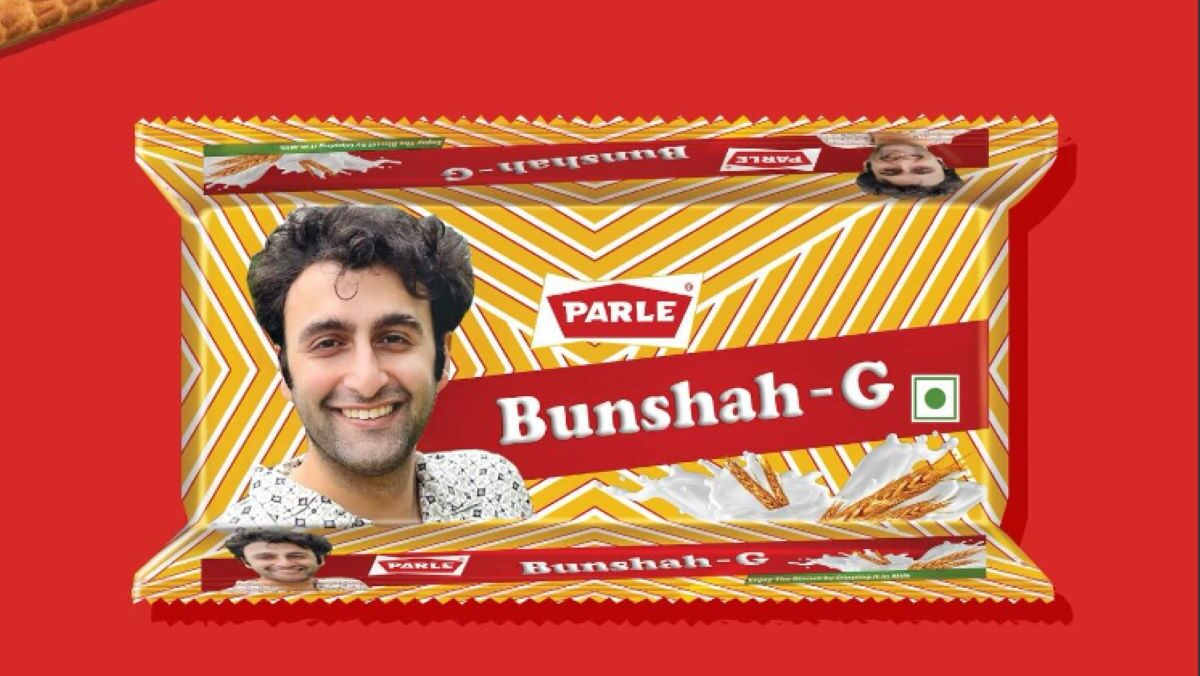This tale is Indri single malt brand, recently crowned the world’s best whisky. As the distillery, owned by Piccadily, churns out nearly 10,000 bottles daily,
In the heart of New Delhi, amidst sugarcane and mustard fields, a distillery is redefining India’s spirits landscape. Oak casks, once home to bourbon and wine, now cradle the golden nectar that has garnered global acclaim. The protagonist of this tale is Indri single malt brand, recently crowned the world’s best whisky. As the distillery, owned by Piccadily, churns out nearly 10,000 bottles daily, the story unfolds—India, traditionally a whisky-loving nation, is not just a consumer but a formidable maker of this revered spirit.
In a nation where spicy cuisines reign supreme, Indian whisky, Indri single malt, finds its place of pride. The shift from foreign brands to locally crafted malts signify more than a change in preference; it’s a celebration of national identity. Aditya Prakash Rao, a seasoned whisky enthusiast, echoes this sentiment, emphasizing the unmatched pairing of Indian malts with the bold flavors of local dishes.
Indri single malt’s triumph on the global stage is marked by its Diwali Collector’s Edition, a testament to India’s growing influence in the whisky world. Priced at $421 (Rs 34,960), this edition clinched the “Best in Show” title at the prestigious Whiskies of the World Awards in San Francisco, outshining its Scottish and U.S. counterparts. The accolade propels Indri single malt into the limelight, paving the way for other Indian single malts.
International spirits behemoths, such as Pernod Ricard and Diageo, recognize the seismic shift in India’s whisky landscape. Pernod’s unveiling of Longitude 77, its first made-in-India single malt priced at $48, is a strategic move to tap into one of the world’s largest whisky markets. Bollywood stars and Indian music accompany the launch, signaling a fusion of cultural richness with the art of whisky making.

Diageo, not to be left behind, introduces Godawan, its inaugural Indian single malt named after an endangered Indian bird. The move signifies a transition from promoting foreign whiskies to embracing the essence of Indian terroir. Glenlivet, long-revered as India’s top-selling single malt, faces competition from local powerhouse Amrut, which saw a staggering 183% spike in sales, according to Euromonitor data.
IWSR Drinks Market Analysis reveals a remarkable surge of 144% in Indian single malt consumption in 2021-22, eclipsing the 32% growth in Scotch. Projections until 2027 indicate a continued upward trajectory, with Indian malts expected to witness a 13% annual growth compared to Scotch at 8%. This statistical revelation underscores India’s emergence as a potent player in the global whisky arena.
Piccadily Distilleries, the force behind Indri single malt, is not content with past laurels. Founder Siddhartha Sharma envisions a 66% capacity expansion by 2025, aiming for 20,000 liters (5,300 gallons) daily production. The sprawling distillery, nestled 160 km north of India’s capital, plans to double its cask count to 100,000. This ambitious expansion reflects not just growth but a commitment to shaping the future of Indian single malts.
The tale of Indian single malts is a narrative of triumph, cultural fusion, and a market in metamorphosis. As global giants pivot toward India, drawn by the allure of its rich whisky heritage, the future promises an intoxicating blend of tradition and innovation. Indri’s ascent to the pinnacle of global recognition is not merely a victory for a brand; it symbolizes India’s spirited journey into a new era of whisky excellence.






